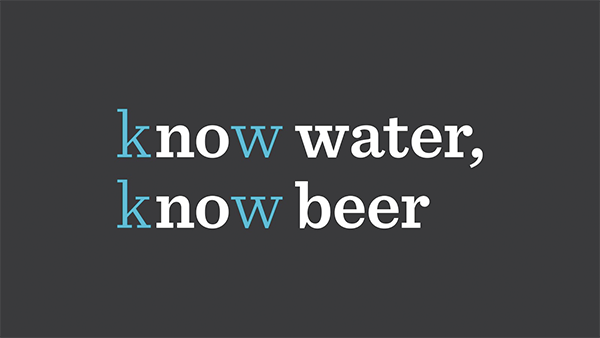“Inside the 1.3 billion tons of food wasted every year worldwide is 45 trillion gallons of water. ”
Eighty percent of the water consumed in the U.S. goes to agriculture.
In most parts of the country, farmers rely on irrigation to supplement rainwater during the growing season. Agriculture is vulnerable to diminishing amounts of freshwater. And 40% of all water pollution in the U.S. can be traced to large scale agriculture. Water runoff from farms is a significant cause of algal blooms in waterways, which many farmers are themselves growing concerned about.
Americans throw away 40% of all the food that is produced in the U.S.
That represents a lot of resources that were used to grow that food, including over 20% of the total water used by U.S. agriculture. That food waste costs the average U.S. household of four $1800 annually.
What We're Doing
We think, and research confirms, that the connection between food and water is intuitive for many Americans. That’s why we are investing in exploring how all of us in the food value chain — from farmer to consumer — can be better water stewards. That includes highlighting how farmers are experimenting with changes to their farming practices and connecting the dots between the food we throw out and the state of America’s water.
Field Work: Conventional Farmers, Sustainable Talk.
Field Work is a new podcast for commercial farmers to share their experiences with sustainable agriculture—what’s worked, what hasn’t, and why? Learn more >>
Just Eat It: Why Food Waste Matters
Why does so much food go uneaten in the United States? In our radio special, host Jed Kim digs into the issue of food waste and taste tests some possible solutions. Listen here, and join the Water Main team in exploring date labels, food banks, dumpsters, and more.
Know Water, Know Beer
Crisp, funky, floral, bitter, hoppy, malty, sour. There is no shortage of words used to describe the many flavors of beer. Walk into any taproom and you’ll find brewers and beer drinkers discussing the specific combination of hops, grains and yeast that combine to create a great tasting beer. But to truly know beer, you must know water. Learn more >>
Listen to the experts
MPR economics correspondent Chris Farrell lead a discussion about the importance of clean water to beer. Listen >>
Live events
The Water Main hosted two events in Minnesota to bring together beer drinkers, brewers and water quality experts to discuss the important role of water in beer. Learn more >>
Learn More
Natural Resources Defense Council
WASTED: Second Edition of NRDC’s Landmark Food Waste Report
Food waste occurs at all levels of the supply chain. We leave entire fields unharvested, reject produce solely for cosmetic reasons, throw out anything past or even close to its “use by” date, inundate restaurant patrons with massive portions, and let absurd amounts of food rot in the back of our fridges.
ReFED
Food Waste Solutions
ReFED has identified 27 of the best opportunities to reduce food waste through a detailed economic analysis. The solutions were analyzed using the EPA Food Recovery Hierarchy — which prioritizes prevention first, then recovery, and finally recycling — as a starting point.
Field to Market
Water Quality
Water flowing over and through agricultural lands can carry to streams and groundwater sediments as well as pollutants from applications of fertilizers, manure and crop protectants.










